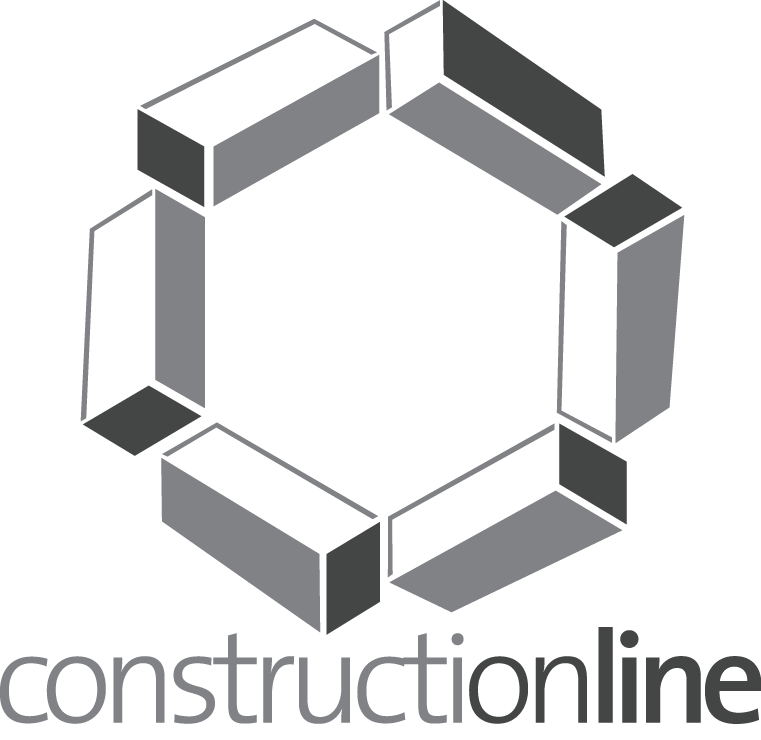What is Building Information Modelling (BIM) and why do we use it?
The digital age has bought about many changes in our lives, from smart devices to global catalogues of information in the palms of our hands. The world of construction is no different, we’ve gone from a physical drawing board, to a digital drawing board. And even further than that, there are recognised processes involved in the creation of digital designs.
At collinshallgreen, we use Building Information Modelling (BIM) to ensure our project designs are optimised and delivered faster, allowing for greater collaboration between project teams, constructors and fabricators.
What is BIM?
It is a series of processes that are technology led that allow designers to communicate with constructors, the public and clients about what a building will look like, and the in-depth structural layout involved in the creation of the project.
BIM is commonly mistaken for a piece of software; it is actually a process model that maps out the best practice for producing detailed designs of structures. Usually smaller elements of a larger design are digitally created. For example, an air conditioning unit would be considered a BIM object. These BIM objects are then digitally fitted together to create a larger design (a model)
More advanced than 3D Computer Aided Design (CAD)
In the past blueprints and drawings were used to express information about a particular building plan. This 2D approach made it incredibly difficult to visualise dimensions and the requirements. Next came CAD (Computer Aided Design) which helped drafters see the designs in a digital format. And later, CAD became 3D, which bought more realisitic visuals to blueprints.
Now though, we’re moving on to BIM, and it is becoming a standard. However, BIM is much more than 3D CAD designs, BIM objects which make up a BIM model are intelligent, have geometry and store data.
Most notably, BIM objects are designed to be highly accurate, the information you can expect on a single BIM object includes:
- Product properties, such as thermal performance
- Geometry representing the product’s physical characteristics
- Visualisation data giving the object a recognisable appearance
- Functional data such as detection zones that enables the object to be digitally positioned and behave in the same manner as if using the real product.
Many of these objects are combined to make a larger ‘BIM model’ which can be stripped back by fabricators or constructors to individual objects when required.
How using BIM helps us
BIM brings together the information of each individual component in a building into one place. It makes it possible for anyone to access that information who needs it. BIM reduces the risk of mistakes and discrepancies within designs as all of the design and engineering team are able to review before being submitted to constructors.
The useful part about BIM is that information for everyone can be illustrated in one design, the same design that can be reviewed by clients can go out to the public to demonstrate what a structure will look like, and even be supplied to construction teams.
It is perhaps most useful in the structural engineering process. By including conflict detection and geometric designs, fitting a building together is more efficient and can be done in a timely manner. Conflicting areas of a structure can be rectified before the build process, speeding up the entire process.
The future of BIM within construction
The future of construction is digital, and BIM is the future of design and long-term facility management. As hardware and cloud storage become widely adopted within the construction industry, it can only be expected that BIM is to be increasingly used within project design processes.
The UK Government’s Construction 2025: industrial Strategy for Construction prioritises lower costs, lower emissions, faster delivery and improvements in export to position the UK at the forefront of international construction. BIM directly contributes to delivering projects at a faster and more efficient rate so it only makes sense for construction suppliers to increase their uptake in the process to be in line with the Government’s construction strategy.





